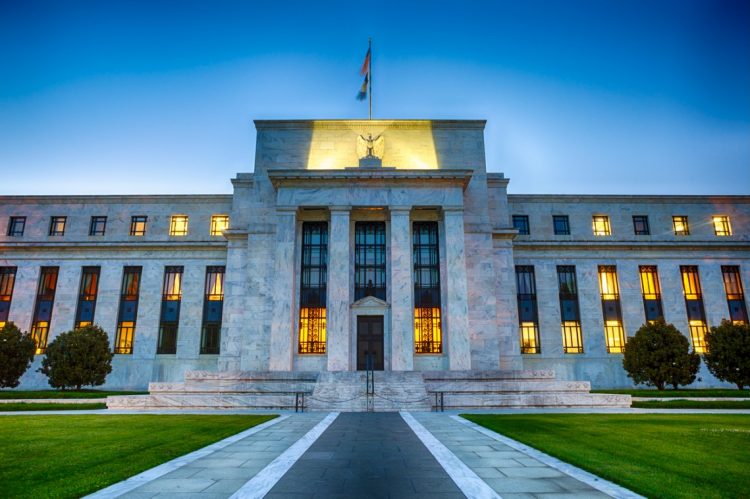The broader labor market continues to defy every headwind, shrugging off rate hikes and weakness in a few prominent sectors as the economy added a much better than expected 339,000 jobs last month, according to the latest data from the Bureau of Labor Statistics (BLS).
Construction, business services, hospitality and transportation sectors all saw big gains ahead of summer—a reassuring sign that the economy is not tipping toward a recession. But the data also complicates the next moves by the Federal Reserve, which has to decide whether or not to raise rates at its next meeting.
“Mixed signals in the economy are making the Federal Reserve’s mission to bring inflation down more complicated,” said Dr. Lisa Sturtevant, Bright MLS chief economist, in a statement. “The Fed may be inclined to put into place one more rate hike when they meet later this month, since the labor market still seems resilient.”
The strength of the labor market has surprised many economists, even as a few business sectors (most notably tech and mortgage) have made headlines with major layoffs in the past few months.
But Fed Chair Jerome Powell has also said he hopes to see a “softening” of labor conditions to feel confident that inflation is under control, raising the likelihood of further interest rate hikes.
Mortgage Bankers Association Chief Economist Mike Fratantoni said in a statement that he does not believe this data on its own is enough to justify a June rate hike.
“Several Federal Reserve officials have signaled that they are likely to hold rates steady at their upcoming June meeting, but are unlikely to reduce rates anytime soon. This somewhat mixed jobs report is likely to support that approach,” he said.
Mortgage rates have risen sharply in the last couple weeks, after falling significantly to start the year. Strutevant says she does not expect any relief on that front anytime soon.
“Mortgage rates, which have already hit an eight-month high last month, will likely stay elevated and continue to constrain housing market activity this summer,” she predicted. “Home prices will continue to soften, though prospective buyers should not expect to see sellers slashing prices, as the inventory of homes for sale remains tight.”
The big picture
As far as the broader economic indicators, the latest report showed unemployment ticking up slightly, to 3.7%. Wage growth also slowed slightly, at 4.3%.
The increase in construction jobs is good news for housing, as builder confidence has grown for five straight months. The sector has added an average of 17,000 jobs over the last 12 months.
The number of people leaving the labor market has also fallen for three straight months—from 891,000 in February to 765,000 in May, potentially a sign that the “Great Resignation” is slowing along with wage growth.
Sturtevant noted that despite these mostly positive numbers, the average worker is still less than optimistic about the state of the economy.
“While the employment situation still appears strong, individuals and families are still feeling anxious about the economy. Consumer confidence has declined for five months in a row and consumer spending has begun to wane,” she said.
That hasn’t yet stopped businesses that depend on consumer spending from growing their payrolls, with 48,000 new hospitality jobs—much of that coming in the category of “food service and drinking places” (33,000 new jobs).
Retail added a modest 11,600 jobs as well.
Out of the approximately 25,000 new construction jobs, only a fraction—2,400—were in residential, with the majority of new payrolls showing up in the “heavy and civil engineering” category.
Despite the overall picture on housing remaining foggy, with much dependent on the path of mortgage rates and a dearth of inventory, Fratantoni pointed out that a healthy labor market is a positive for real estate in the end.
“The housing market continues to struggle against a lack of supply. A strong job market helps housing demand, particularly in the face of challenging affordability,” he said.












